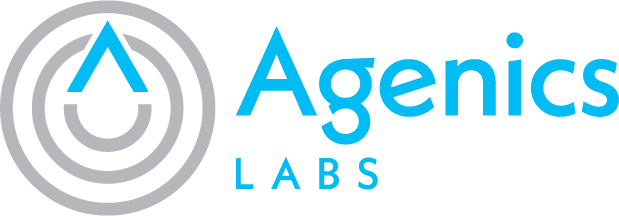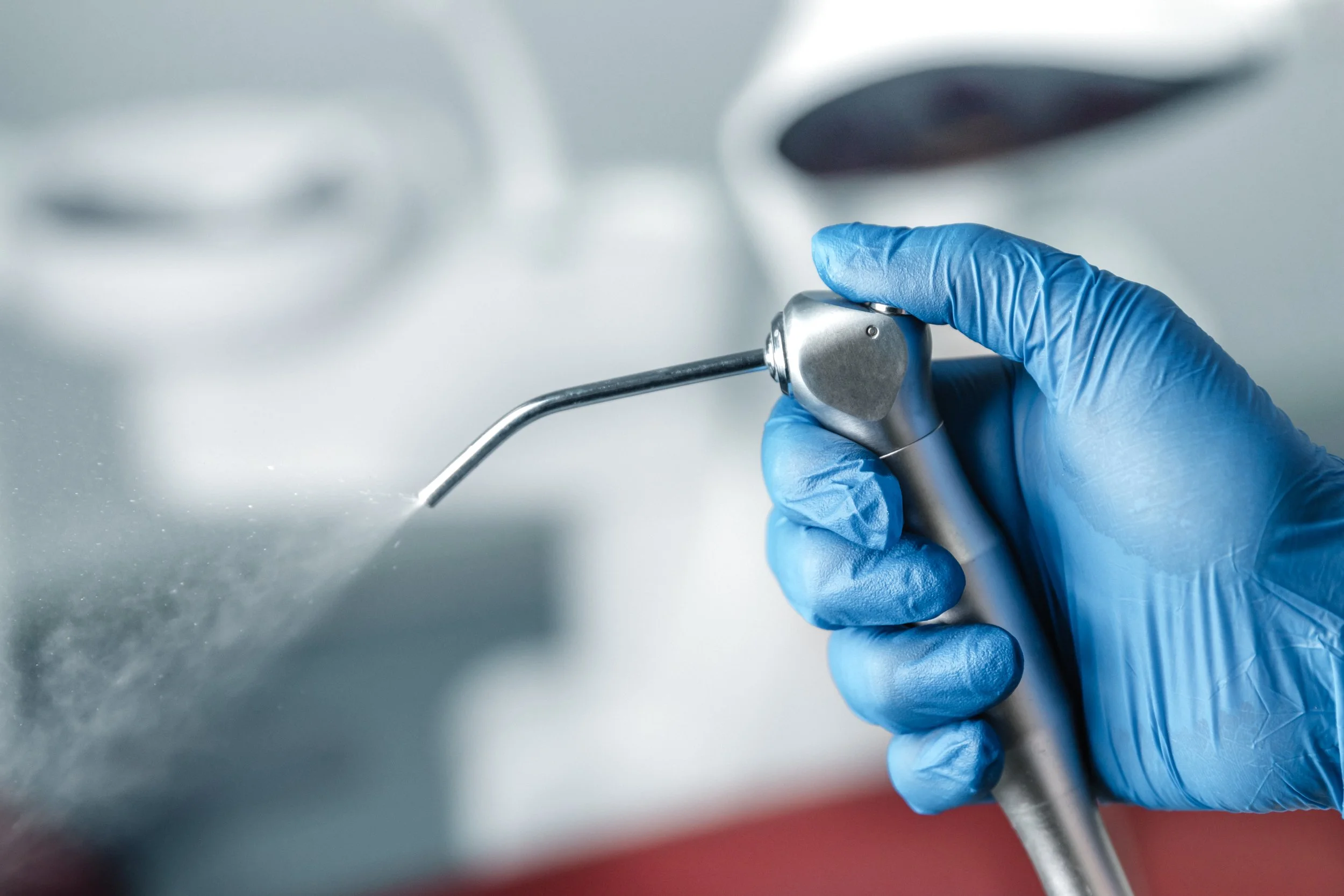Shocking Best Practices
Dental unit waterlines (DUWLs) are a critical element of infection control in dental settings. Although the incoming water is typically potable, inadequate management of DUWLs can lead to significant biofilm and bacterial contamination, posing risks to both clinicians and patients. Integral to an effective waterline management protocol is the process known as "shocking" of the dental waterlines. But what exactly is shocking, how do you do it, and how often should it be done? This article outlines the scientific principles, industry standards, available products, and practical applications pertinent to the process.
Jump To:
Why Regular Maintenance Products Won’t Cut It Alone
Due to their design—long, narrow tubes with slow water flow—dental unit waterlines provide an optimal environment for biofilm development. Pathogens such as Pseudomonas, Legionella, and nontuberculous mycobacteria, as identified by the Centers for Disease Control and Prevention (CDC), can inhabit these biofilms and potentially be introduced to patients during dental procedures and to clinicians as generated aerosols. Daily use of antimicrobial tablets, straws, or similar products helps maintain and inhibit the growth of bacteria levels already within accepted limits (≤500 CFU/mL, per EPA regulations). But these products are not designed to significantly reduce high bacteria levels and are generally ineffective against biofilm, meaning it can continue to develop and increase overall bacterial load in the dental water.
In October 2022, the CDC issued a Health Advisory Notice highlighting the importance of maintaining dental unit water quality to prevent infections. The notice emphasized that dental professionals must adhere to strict waterline management protocols to ensure patient safety and compliance with regulatory standards.
What it Means to “Shock” and Why It is Important
"Shocking" refers to the application of high-level disinfectants (such as sodium hypochlorite or hydrogen peroxide) or concentrated antimicrobial agents (such as silver) designed to significantly reduce high bacteria counts and/or eliminate biofilm colonies from DUWLs. This process is distinct from routine maintenance, which is designed to prevent existing bacteria from proliferating. Data has demonstrated that without initial clearing lines with effective shocking, continuous waterline treatment methods often fail to comply with quality standards. Shocking eliminates biofilm, and reduces high levels of bacteria in the water, providing a clean slate for lower-level maintenance products to perform effectively.
Think of shock products like drain cleaner—powerful and effective when used periodically, but potentially harmful to equipment if used too frequently or for longer than recommended.
When to Shock Your Dental Waterlines
Shock should be administered based on specific events and on a recurring frequency according to the treatment product in use. Apply shock procedures in the following situations:
Event Triggered
After installation of new dental equipment
After any maintenance on dental equipment or connected plumbing takes place
Whenever water tests exceed EPA criteria (500 CFU/mL)
For a detailed response plan, see our resource Act STAT
Optionally when water tests exceed 200 CFU/mL as an action limit
When transitioning between different treatment products
After periods of extended downtime
See treatment product IFUs to verify how long they may be left in lines
Recurring According to Maintenance Product
In-between replacement of any straw or cartridge product
Most products of this style have replacement cycles between 6-12 months
Monthly when using tablet products
Weekly if used alone (not in conjunction with any residual treatment product)
Implementing this intentional schedule minimizes the risk of biofilm reestablishment, thereby supporting patient safety and regulatory compliance.
Shocking Procedure: Step-by-Step Guidelines
Select the preferred shock treatment product and ensure it is written into your Waterline Standard Operating Procedure (SOP)
Read the instructions for use all the way through, paying special attention to dosing guidelines, source water specifications, and timing requirements
Don gloves and ensure your workspace is clean
NOTE: Some shock products require additional PPE such as eye protection
Remove any handpiece tips or similar components, some products may even require couplers and other components to be removed per their IFU
If using a straw or cartridge product for treatment, replace the straw with a ‘dummy straw’ unless the straw manufacturer explicitly states the shock being used is compatible with the straw
Prepare the shock solution in the dental bottle according to the IFU, paying close attention to the required volume of water to ensure the active ingredient reaches the correct concentration
Reattach the bottle to the unit and run the waterlines until the shock is exiting the line (approximately 20 seconds per line)
All lines must be shocked, especially lines that are not frequently used
Allow the solution to stay in the waterlines for the specified amount of time
Too much time in the lines may harm equipment or make it difficult to flush out the shock; too little time in the lines may render the shock ineffective against biofilm
After the specified dwell time is complete, flush the waterlines to fully remove the shock disinfectant
Best Practice Tips and Tricks
Flush In-between Products: Many treatment and shock products are not compatible with one another and may have adverse reactions if mixed within the waterlines; use roughly 500mL of non-treated water to flush the lines before and after the shock to prevent the treatment and shock products from mixing. But be sure to use potable water with less than 500 CFU/mL.
Some manufacturers have specifically designed compatible products, if the treatment and shock product manufacturer indicate compatibility, the non-treated water flush is not needed.
Change up Your Active Ingredient: Bacteria can develop antimicrobial resistance when continuously exposed to the antimicrobial agent. Consider using a shock product with an active ingredient that differs from your treatment product.
Refer to our Product Guide Page to see different products and their active ingredients.
Longer is NOT Always Better: Some shock products’ active ingredient dissociates over time and will become inactive; if the shock is not flushed out (along with the biofilm) before this point, it may actually increase the buildup up in your lines, so it is critical to follow the timing in IFUs.
Rinse and Repeat: Higher CFU counts (above 5,000 CFU) will likely require at least 3 back to back shock procedures to adequately remove built up biofilm.
Wait to Retest: Conduct a water quality test (e.g., Agenics Labs in-office or mail-in tests) 3-5 days after the shock process to ensure compliance with EPA drinking water standards.
Testing too soon can lead to a false pass if there is still residual biofilm present.
Document: Record the product(s) used and the water test results from before and after the shock to help maintain compliance and have historical reference if future challenges occur.
Don’t Stop Treating: Employ continuous waterline treatment products to inhibit new biofilm growth after completing a successful shock procedure.
Regarding Bleach and EPA Claims
An EPA claim is established when a product manufacturer submits specific data for that claim—such as efficacy against bacteria or biofilm in dental unit waterlines—to the federal EPA and receives approval for its inclusion on the product label. To make such claims, a product generally must be tested directly within a dental chair or a simulated environment. However, it’s important to recognize that an EPA claim for use in dental unit waterlines does not necessarily mean the product is completely safe for this application; in fact, some EPA-approved shock products with dental claims can still be corrosive and potentially harmful to dental equipment if used excessively.
While bleach does not carry a specific claim for dental unit waterlines, this does not negate its proven effectiveness against living contaminants found in waterlines. EPA regulations strictly control what usage instructions a company may include on its product label, which is why bleach instructions for dental waterlines are absent from manufacturer-provided guidelines. Nevertheless, extensive firsthand experience has demonstrated the efficacy of bleach in reducing bacterial counts in DUWLs. To assist dental teams, Agenics offers clear, step-by-step instructions for using bleach in these applications. It remains essential, however, to always consult the dental unit manufacturer before introducing any product into the equipment to ensure compatibility and avoid potentially voiding warranties. Ultimately, Agenics does not assume liability for possible adverse effects of bleach or any shock product on dental equipment, underscoring the importance of informed, cautious product selection and use.
Agency Recommendations
The CDC emphasizes quarterly waterline testing and prompt remediation if standards are not met. Agenics Labs offers a comprehensive range of water testing products designed to help dental professionals maintain compliance with these standards. Our in-office and mail-in water testing kits provide accurate and reliable results, ensuring that your dental unit waterlines meet EPA drinking water standards. For more information, visit our testing page: Dental Testing
The ADA advocates for combined approaches using both shocking and ongoing maintenance, with comprehensive documentation of procedures.
Conclusion
Shocking dental waterlines is a fundamental component of a robust infection control strategy, essential for creating a safe clinical environment. Adherence to best practices is crucial, not only for regulatory compliance but for the protection of every patient. Proactive management, including both daily maintenance and regular shocking, along with thorough team training, ensures effective waterline care comparable in importance to instrument sterilization. Maintaining clean waterlines is imperative; regular and responsible shocking safeguards patient health.
How Agenics Labs Can Help
Agenics Labs supports dental practices with waterline testing, clear reports for audits, and evidence-ready documentation to make your DUWL program efficient and compliant. We also provide education and implementation support based on CDC guidance and your state’s rules, so your team can focus on patient care.
Need help? Click the button below to send us a message

